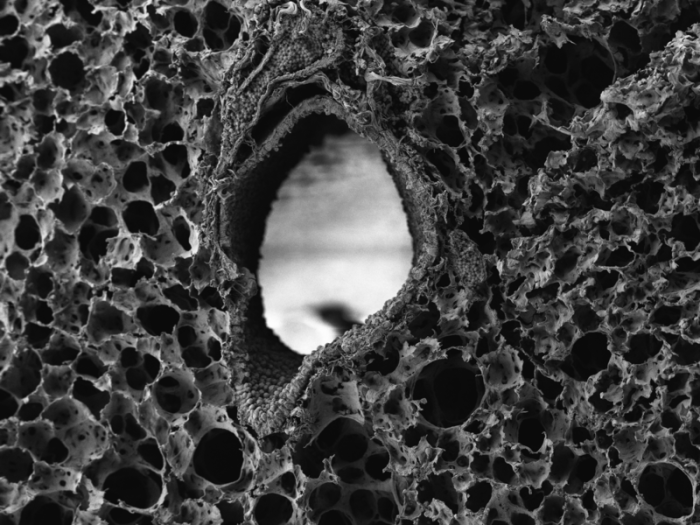Home

Lambrecht & Hammad
Bart Lambrecht
- VIB Science Director since 2011
- VIB Group Leader since 2011
- Professor of Pulmonary Medicine: Ghent University, Belgium, since 2007
- Professor of Pulmonary Medicine: Erasmus University, Rotterdam, The Netherlands, since 2005
- PhD: Ghent University, Belgium, 1999
- MD: Ghent University, Belgium, 1993
Hamida Hammad
- VIB Group leader since 2015
- Professor: Ghent Univ., Ghent, Belgium, since 2014
- Associate Professor: Ghent Univ., Ghent, Belgium, 2009-2014
- Assistant Professor: Erasmus Medical Ctr, Rotterdam, The Netherlands, 2004-07
- Postdoc: Erasmus Medical Ctr, Rotterdam, The Netherlands, 2001-2004
- PhD: Institut Pasteur, Lille, France, 2001
Research areas
Human diseases | Immunology & inflammation | Cancer Biology
Model organisms
Mice and rats | Human

Research focus
Research in our group is focused on unraveling the functions of lung dendritic cells and epithelial cells in asthma and respiratory viral infection. Asthma is a chronic inflammatory disease of the airways characterized by eosinophilic airway inflammation, goblet cell metaplasia and bronchial hyperreactivity. A frequent cause of exacerbations is respiratory viral infection. There is an epidemic of asthma in the Western world, of which the cause in unclear, and for which novel forms of prevention and treatment are urgently needed. In allergic asthma, allergen-specific Th2 lymphocytes cause inflammation, as well as formation of allergen specific IgE, also known as allergic sensitization.
In the past years, our lab has found crucial roles for antigen presenting dendritic cells (DCs) in causing allergic sensitization. Using the logic of Koch’s postulates, we have shown that DCs also play a crucial role also in maintenance of chronic airway inflammation.
First, we have found increased numbers of activated DCs in the airways of humans and mice with asthma. Next, repeated administrations of allergen-exposed DCs to the airways led to all typical features of asthma and even to long term airway remodeling, characteristic of chronic asthma.
Finally, and most importantly, the removal of DCs from the airways of mice with chronic ongoing inflammation cures all the features of the disease. These studies showed that targeting airway DCs could be a novel therapeutic intervention strategy. However, our studies have also mentioned the crucial role of DCs in the clearance of respiratory viruses. In an attempt to find novel pathways to interfere with the activation of DCs, and thus to come up with new therapeutic interventions that selectively target DCs without putting patients at risk for infection, research in the group is currently focusing on the way airway DCs get activated to cause allergic disease. In this respect, all models have recently centered around the real-life allergen house dust mite (HDM). Inhalation of HDM can only lead to asthma when airway epithelial cells are triggered through TLR4 and release endogenous danger signals such as ATP or uric acid and pro-Th2 innate cytokines like IL1, IL25, IL33, GM-CSF and TSLP.
Moreover, it was shown that innate immune cells such as basophils or eosinophils would amplify Th2 responses initiated by DCs. Known environmental risk factors like cigarette smoke exposure and diesel exhaust particles promote HDM-driven asthma by triggering the function of DCs, epithelial cells or innate immune cells.